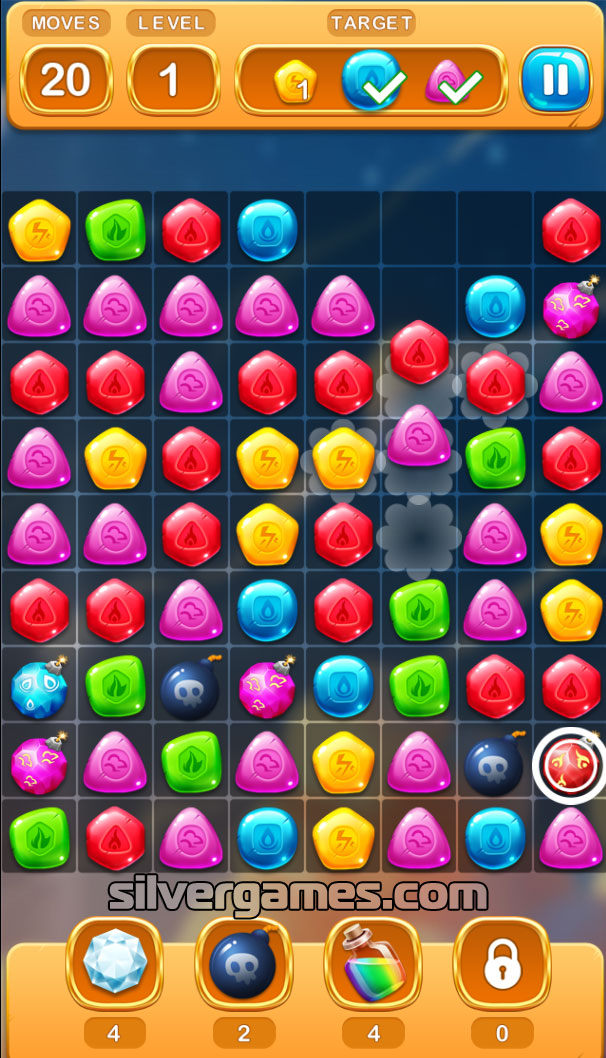


Ideally, the cushioned touch should be big enough to allow the player to stay on the ball, reduce the chance of the defender getting the ball and speed up or slow down the game based on the player’s decision at that moment. The player must read the type of pass they are receiving and use the momentum of the ball to ensure they cushion the ball into the correct space. The final part of the during-the-ball moment involves ball speed and touch direction. Timing is the next part the player must consider, they must think about the timing and speed of the trapping technique to take the opponent out of the game, stay in control and minimize the time between touches. The player needs to use the correct body part (inside of the foot, back foot, outside of the foot, chest, thigh, head, etc.) to cushion the ball in the direction they wish to head to maximize time on the ball and make their next technical selection (pass, cross, turn, shoot, dribble) easier to execute. The key part about coaching trapping the ball when the player has the ball is the execution of technique. If the ball is on the floor or in the air the sideways position is usually the most desirable because the player can see behind and in front of them, if the pressure is limited they can turn to face forwards or if the pressure is high and the path is blocked they can use their bodies as a barrier to step across or into the defender to protect the ball and retain it.
TRAP THE BOUNCING BALLS GAME HOW TO
Ideally, you want the player to progress the ball cleanly and efficiently, if the receiver has done their homework and scanned before the ball arrives they will know how to position their bodies to allow for a safe and effective progression. The second part to consider before the ball arrives is preparing the body to trap the ball. To know where the ball is going next the players must know where the pressure is coming from and where their teammates are. The second part of scanning is to see where the ball may be heading, once the player receives it. I would suggest encouraging the players to scan their surroundings to look for two things, the first one is the way the ball is being played to the receiver (along the floor, in the air, in front of, at the side of, beyond them) this allows the receiver who will trap the ball to select the right part of the body to cushion the ball into their path for the next action. To trap the ball effectively the best players are well aware of their surroundings before the ball is received. Trapping the ball has been broken down into these key areas to allow coaches to think about each moment and understand how to coach players to trap the ball effectively. Then the after a moment, once the ball has been released players must respond quickly to the next action. The moment during, once a player has the ball, they have to execute their technique effectively. Every player must be ready before the ball arrives for the player to trap it. It doesn’t matter if the ball is on the floor or in the air the same processes must take place. The player must be efficient at receiving and controlling the ball, usually under pressure from an opponent, this makes this technique vital to a player’s ability to make decisions and play quickly. Trapping a ball is a receiving skill where a player controls the ball with a chosen body part, the ball can be trapped along the floor or taken out of the air, trapping the ball is so important because it is a technique every player must do before they chose their next action, for example, trapping the ball to pass, dribble, shoot, turn, etc.


 0 kommentar(er)
0 kommentar(er)
